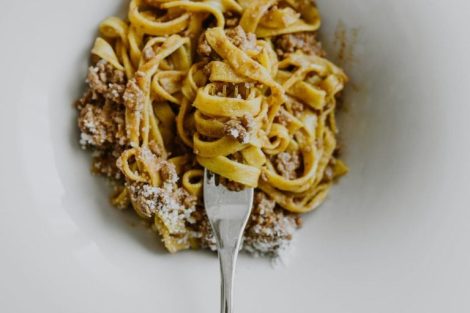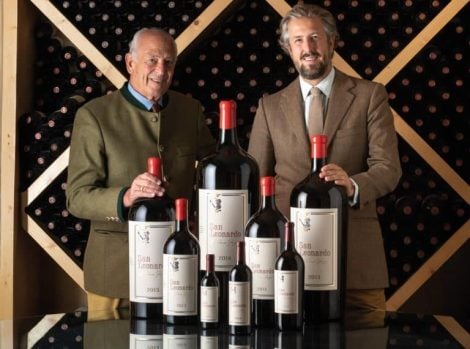Xocoatl. The origins of hot chocolate
It was the Maya, traditionally known as great cacao consumers, the first to "invent" a hot beverage enhanced by the intense taste of the seed widely cultivated in Latin America since ancient times. The recipe back then, however, has little to do with our idea of hot chocolate. The beverage, then named xocoatl, had a bitter and spicy taste, obtained from the mixture of cacao, beans, water and a pinch of pepper. Highly appreciated, it had to be frothy, and was a delicacy consumed during ceremonies, and on special occasions. After the discovery of the Americas, at the end of the 15th century, cacao made its debut in Europe. Legend has it that during the first meeting between the Aztec Emperor Montezuma II and Spanish conquistador Hernan Cortés, the former offered the Spaniard a sort of beverage (served cold according to Aztec usage) with the name "chocolatl" made with cacao, vanilla and spices, the emperor's favourite.
The beverage in Europe
During the course of the 16th century, an Italian botanist first described the preparation of hot chocolate according to the use of American populations, in the volume Historia del Nuovo Mondo, published in 1565: in reconstructing his journey to Central America, in fact, Girolamo Benzoni said he witnessed the preparation of a stone-ground cacao-based beverage, placed in a cup and dissolved in water, "sometimes with a little pepper." To prepare the cacao-based beverage the seeds were first toasted on the fire; then they were broken with stones, reducing them to a powder. The powder was then poured into cups made from hollowed out gourds. Water and, sometimes, spices were added. In some cases, the mixture was coloured with rocu, to give the chocolate the appearance of the blood drunk during human sacrifices. To refine the taste, the Spaniards got into the habit of sweetening the mixture with cane sugar.
Chocolate in aristocratic salons
When hot chocolate began to spread in Europe, during the 17th century, it was made from a solidified cacao paste shaped into tablets or rolls, grated when needed (and this procedure continued until 1828, when the Dutch Van Houten "invented" cocoa powder). It was served in a chocolatier mugs with a horizontal handle, the typically aristocratic custom of consuming the beverage lead to the creation of very refined utensils and tableware, first in porcelain, then in silver (among the most famous silver chocolatiers there is the one that belonged to Louis XIV). In Italy, it was Francesco d'Antonio Carletti, a Florentine merchant who returned from a trip to the New World, who introduced the custom at the beginning of the 17th century. The Spanish recipe of the time involved the use of cacao, water, sugar, vanilla and cinnamon. In Italian aristocratic salons various modifications were experimented, adding floral aromas - such as jasmine - or fruity, such as cedar or lemon, as desired. The beverage arrived in Turin thanks to Emanuele Filiberto di Savoia: in 1678, a chocolatier was the first to obtain authorisation from the Royal House of Savoy to publicly sell "hot chocolate" in the city. Although the beverage was accepted it was accompanied, at least until the 18th century, by the resistance of those who considered chocolate as lustful (on the other hand, in the high ecclesiastical circles, the beverage was consumed as a tonic).
Milk in place of water
The British, on the other hand, were responsible for the choice of diluting cocoa in milk, rather than in water (purportedly thanks to British physician and naturalist Hans Sloane). In London, sipping hot chocolate became something you did at the end of lunch, while from the 18th century, chocolate houses that served the drink multiplied, but remained the prerogative of high society, given the very high cost of cacao. Among the most famous lovers of hot chocolate were Austrian composer Mozart, who not by chance chose “cioccolatte” as a remedy for lovesickness in the operetta Cosi fan tutte (even in Goldoni's plays the drink often returned on the scene ). But when, in the mid-19th century, the industrial production of chocolate was established in the form of pralines and bars, the consumption of the cacao-based beverage went out of fashion, giving way to coffee.
Recipes
Today hot chocolate (and the adjective "hot" was introduced only in modern times, to distinguish the liquid beverage from solid chocolate) is a kind of comfort food consumed all over the world, according to local custom: in Spain, for example, it's a typical breakfast beverage along with churros dipped in a cup of steaming chocolate. In Mexico it is prepared by dissolving solid cacao bars or tablets in hot water or milk, before flavouring with cinnamon and chilli pepper. In Italy, the traditional recipe involves the use of cacao, milk, chocolate and sugar, with the option of topping the cup with whipped cream. Easy to prepare at home, ideal for good results is using quality dark chocolate, and preferably whole milk, for a fuller taste. A small percentage of corn starch will help achieve the right density.
Hot chocolate
Ingredients for 2
500 ml whole milk
120 g dark chocolate 70% cacao
20 g unsweetened cacao powder
20 g cornstarch
20 g sugar
Heat the milk in a non-stick saucepan, add the sifted cornstarch and cacao powder and mix with a whisk until smooth. Add the sugar. Meanwhile, melt the dark chocolate in a double boiler, and when the milk almost comes to a boil, add it, constantly mixing with a whisk, until a smooth and homogeneous mixture is obtained, which must thicken. Pour into a cup and serve immediately, with whipped cream if desired.
The Turin variation: bicerin
Guarded by the historic Al Bicerin coffee bar (in business since 1763), located opposite the Sanctuary of the Consolata in the centre of Turin, bicerin is a traditional Piedmontese beverage that was officially recognised in 2001. It is a hot blend of coffee and chocolate, which inherits the 18th-century recipe of Bavareisa. Made with freshly brewed hot espresso, chocolate and heavy cream, the doses of the recipe are kept secret by the Turin coffee house. Bicerin is not served in a cup, but rather in glasses or glass goblets that allow to see the stratification of the ingredients. It is enjoyed without stirring, to appreciate the different densities and temperatures in the glass.
Spiced hot chocolate
Ingredients for 2
500 ml whole milk
120 g dark chocolate 70% cacao
20 g di unsweetened cacao powder
20 g cornstarch
20 g sugar
2 star anise
1 cinnamon stick
The procedure is the same as for traditional hot chocolate. Before using the milk, however, it must be flavoured. Add star anise and cinnamon to the cold milk, bring to a boil, remove from heat and leave to infuse, covered, for 15 minutes. Discard cinnamon and anise and proceed with the classic recipe, combining the hot milk with cornstarch and cacao, before adding sugar and chocolate melted in a double boiler.

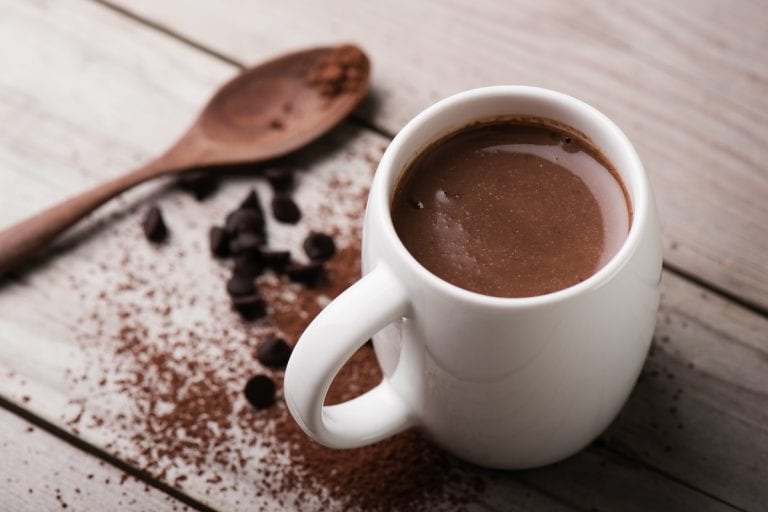
 The oil always moves north, reaching England. How the map of olive trees is changing due to climate change
The oil always moves north, reaching England. How the map of olive trees is changing due to climate change The Nobel Sandwich we tried at CERN, just steps from antimatter
The Nobel Sandwich we tried at CERN, just steps from antimatter The two young talents from Gattinara revolutionising Italian cuisine
The two young talents from Gattinara revolutionising Italian cuisine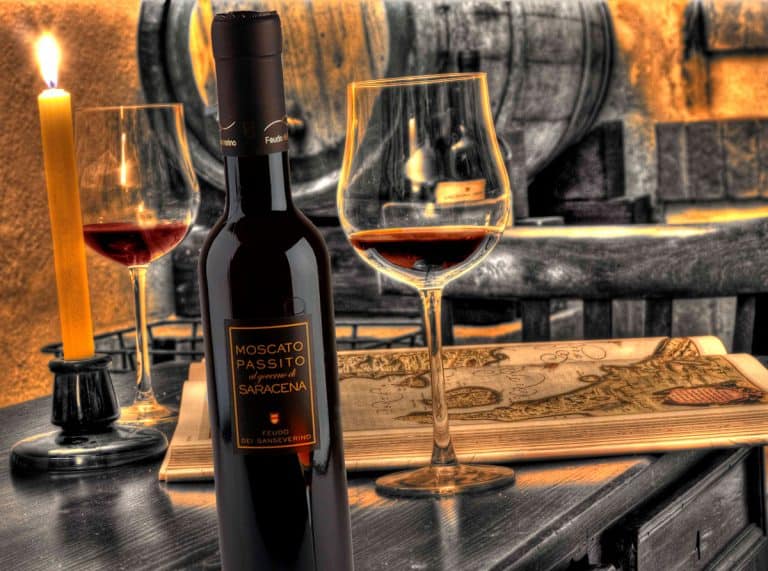 Here is the Meditation Wine of the Year according to Gambero Rosso
Here is the Meditation Wine of the Year according to Gambero Rosso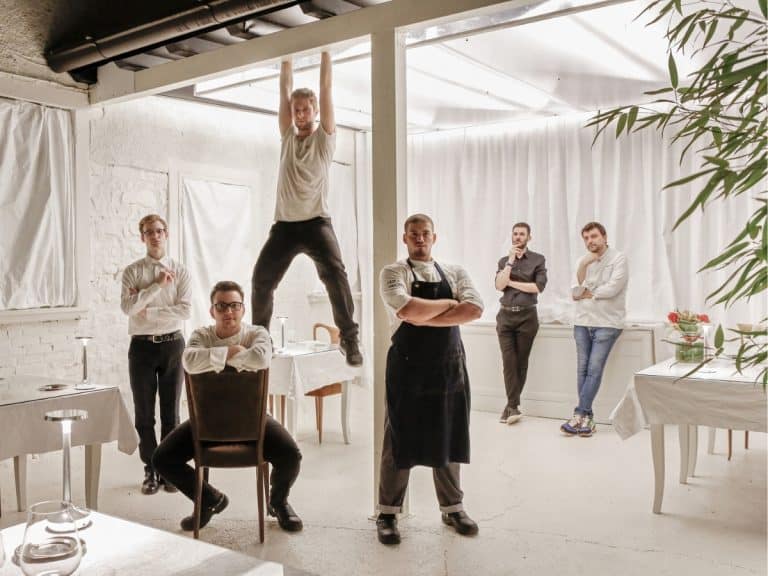 The 6 new 'Tre Forchette' restaurants of Gambero Rosso: here they are
The 6 new 'Tre Forchette' restaurants of Gambero Rosso: here they are



